Columbia

History
Columbia Records traces its origins back to 1888 when Edward Easton established The Columbia Phonograph Company. At the time it sold Edison phonographs and phonograph cylinders in addition to its own cylindrical recordings ( in 1891 it a 10 page catalogue of recordings was issued).
In 1902, after Columbia ended its partnership with Edison, it only sold its own records and phonographs and in 1908 it sold the first 2-sided records.
After 1923 when US Columbia Records went bust, it was acquired by English Columbia, the Columbia Gramophone Company which led to a change in the numbering of the records and the recording process, amongst other things.
In 1931, UK Columbia merges with The Gramophone Company to create famous label EMI (Electric and Musical Industries LTD), but was made to sell US Columbia to the Grisby-Grunow Company. In this period Columbia released its 'Royal Blue Record' which is very valued by collectors due to its rarity.
1948 was the year, in the US, that Columbia introduced the LP (long playing record) which made it possible to listen up to 30 minutes worth of music. This was a great improvement because its predecessor only allowed up to 5 minutes playing time. Edward Wallerstein, Columbia's president, pushed for the LP especially for classical music records which sometimes could be quite long. The first LP released by Columbia was a Milstein record.
In 1958 Columbia Records begins making stereo records.
1988 saw a major change for Columbia as it was purchased by Sony, which renamed them as Sony Music Entertainment in 1991.
In present times Columbia is still part of Sony Music Entertainment and the label is run by Rob Stringer, helped by Rick Rubin and Steve Barnett.
Classification of Columbia records (English Pressings)
Columbia LPs, similar to other labels, come in two different forms, stereo and mono, which correspond to two different series: the SAX series (stereo) and the 33CX series (mono).
Mono LPs - 33CX series
The 33CX mono series is Columbia Classical Records' first series and records from this series are only valuable if they belong to certain artists which include: Martzy, Starker, Kogan, Rabin, Callas & Fournier etc. Records belonging to the 33CX series have a serial number that starts with 33CX followed by 4 digits and a blue label and gold writing.
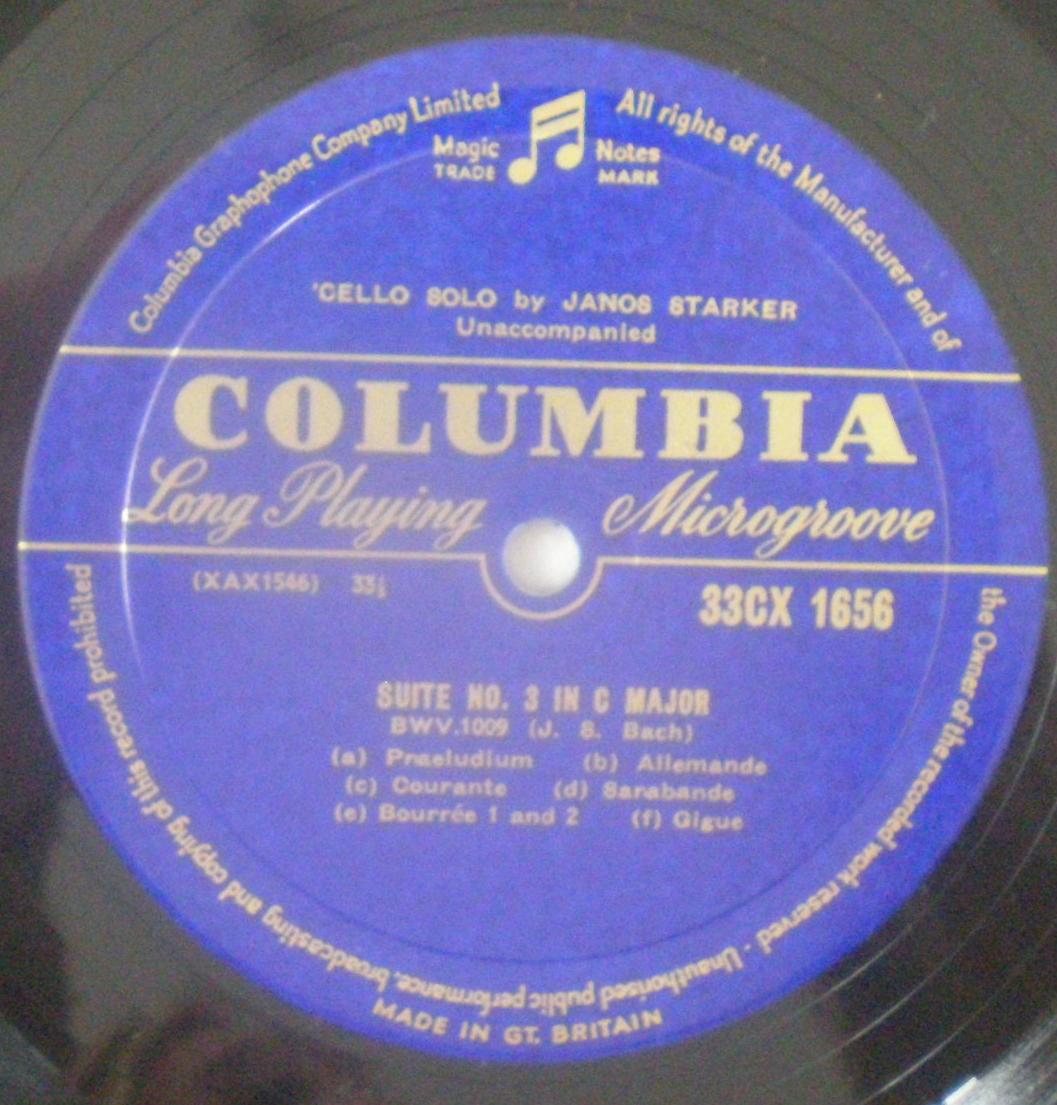 |
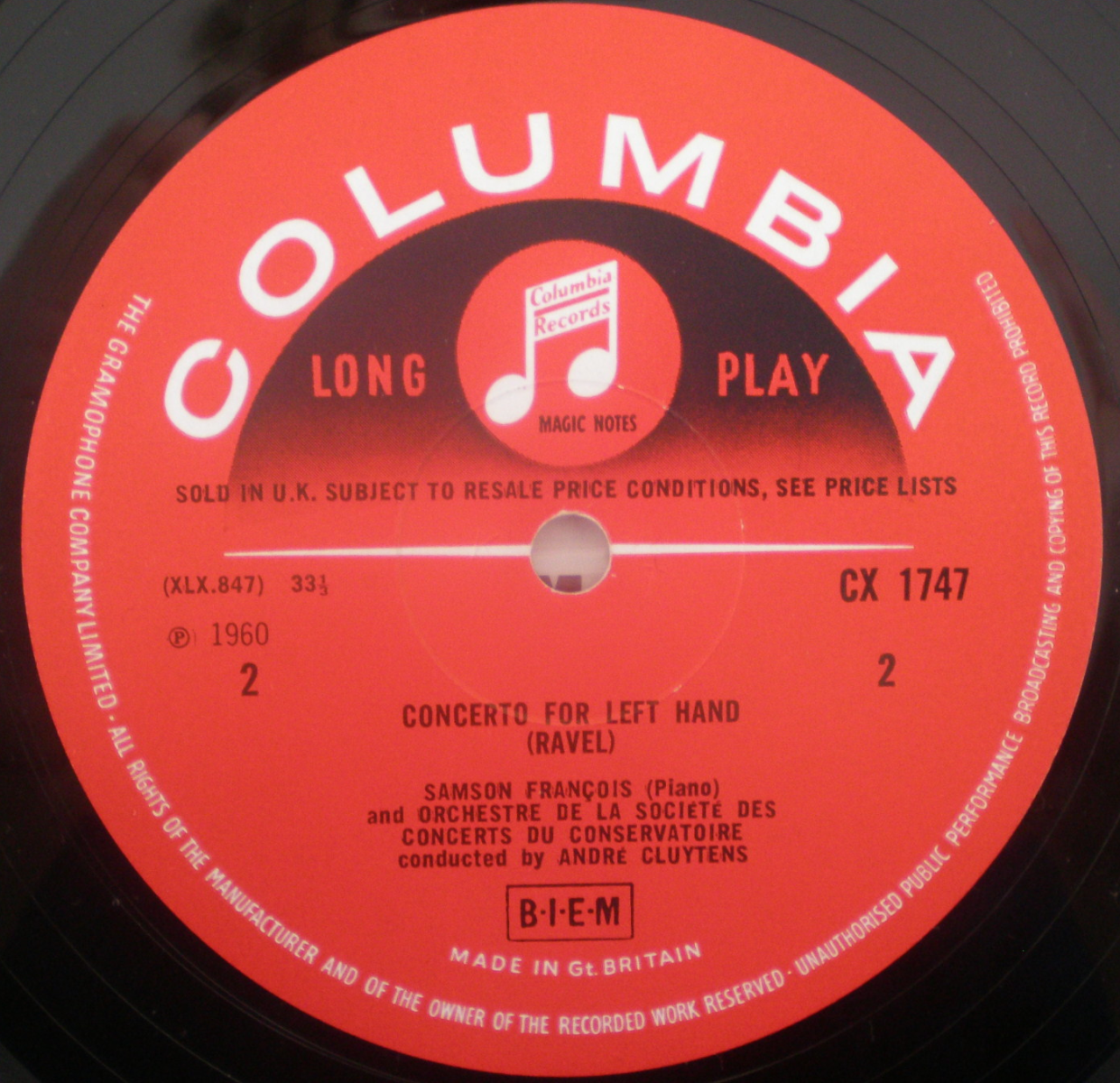 |
|
This record belongs to the first CX series and can be easily recognised due to its blue label with gold writing. It also has the words 'Long Playing Microgrove' written in the upper middle part of the label just under 'Columbia'. |
This record belongs to the second CX series. It can be recognised by its red label and black writing. It also has the musical note logo with the words 'Long' and 'Play' on its left and right side and the word 'Columbia' written in a semi-circle in the upper half of the label. |
All records from the CX series have an English pressing. A few records belonging to the CX series come with a green label signifying that they are part of the 'Masterworks' collection. Records belonging to the CX series were released from 1950 until 1964.
Stereo LPs - SAX series
Stereo LP's released by Columbia Records that belong to the SAX series have a serial number that begins with SAX and is split into three categories: SAX2000s series - the first series, SAX5000s - the second series and the third series.
The first SAX2000 series runs from SAX2252 up to SAX2538 (with a few exceptions such as SAX 2532 and SAX 2534 which are part of the SAX2000s second series). It comes in a blue/silver label with black writing and a black 'net' design.
The second series runs from SAX5251 up to SAX5294 and the records belonging to this series are all originals except for the ones that also come in the CX series. Records from this series come with a red label and dark red writing. The name 'Columbia' is written in white in the upper half of the label above a semi-circle which contains a musical note logo. The name 'Columbia Records' is written again in the logo along with the words 'Magic Notes'.
The third SAX series also has a red label but the musical note logo comes in a black box which also contains the name 'Columbia'.
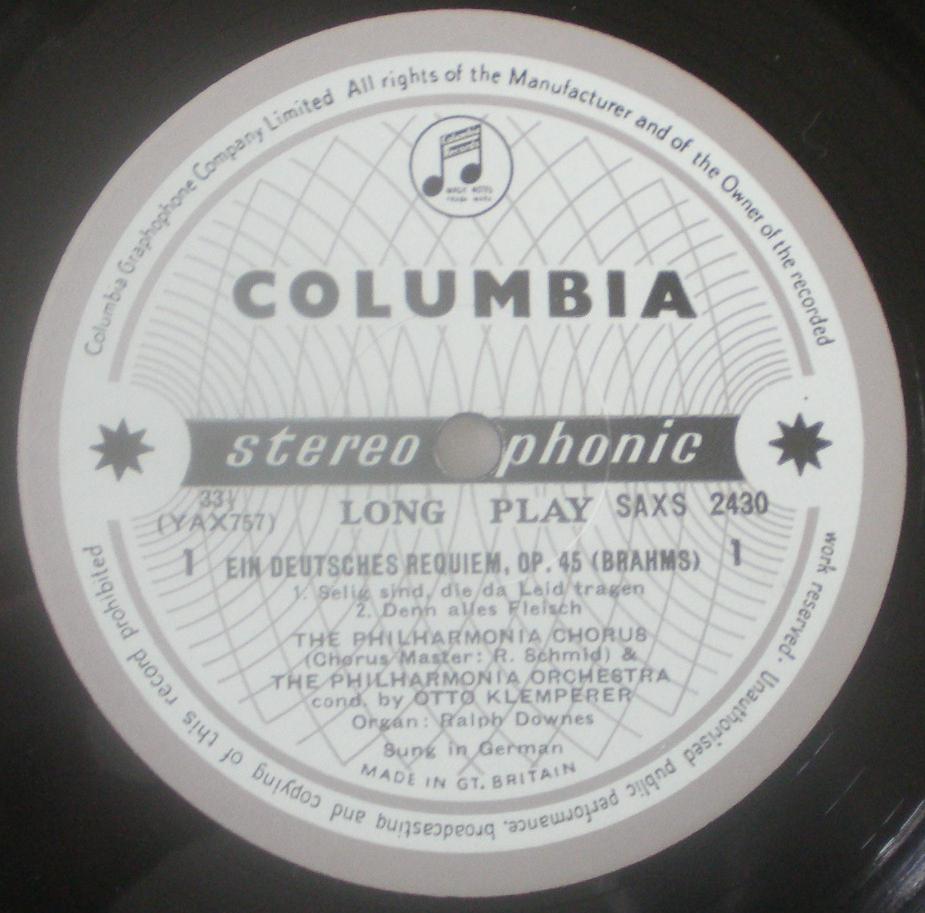 |
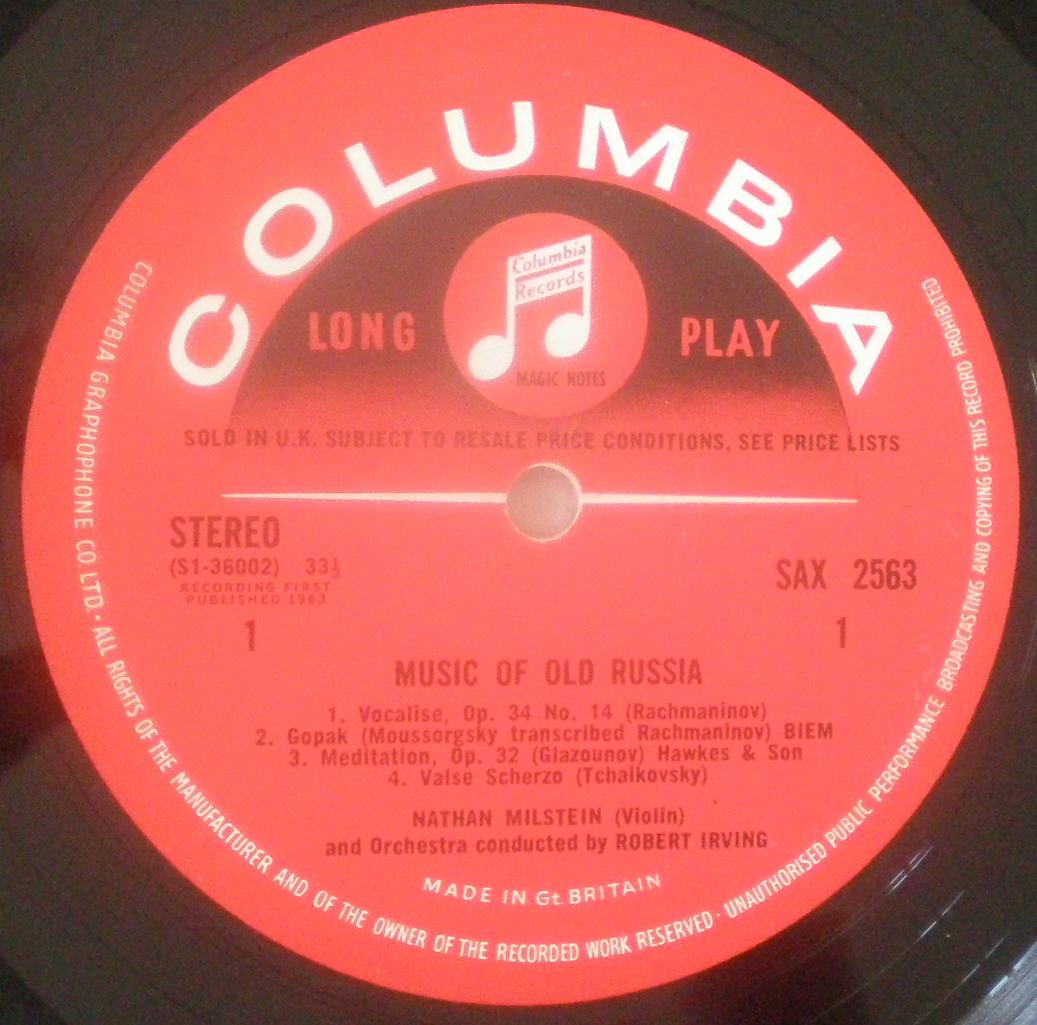 |
|
This record belongs to the SAX2000 first series and can be easily recognised due to its blue & silver label with black lettering and the net/web design. |
This record belongs to the SAX second series and can be easily recognised by its red label with white and dark red writing. It has a larger musical note logo which includes the label name 'Columbia Records' and is sorounded by a semi-circle of the word 'Columbia' . |
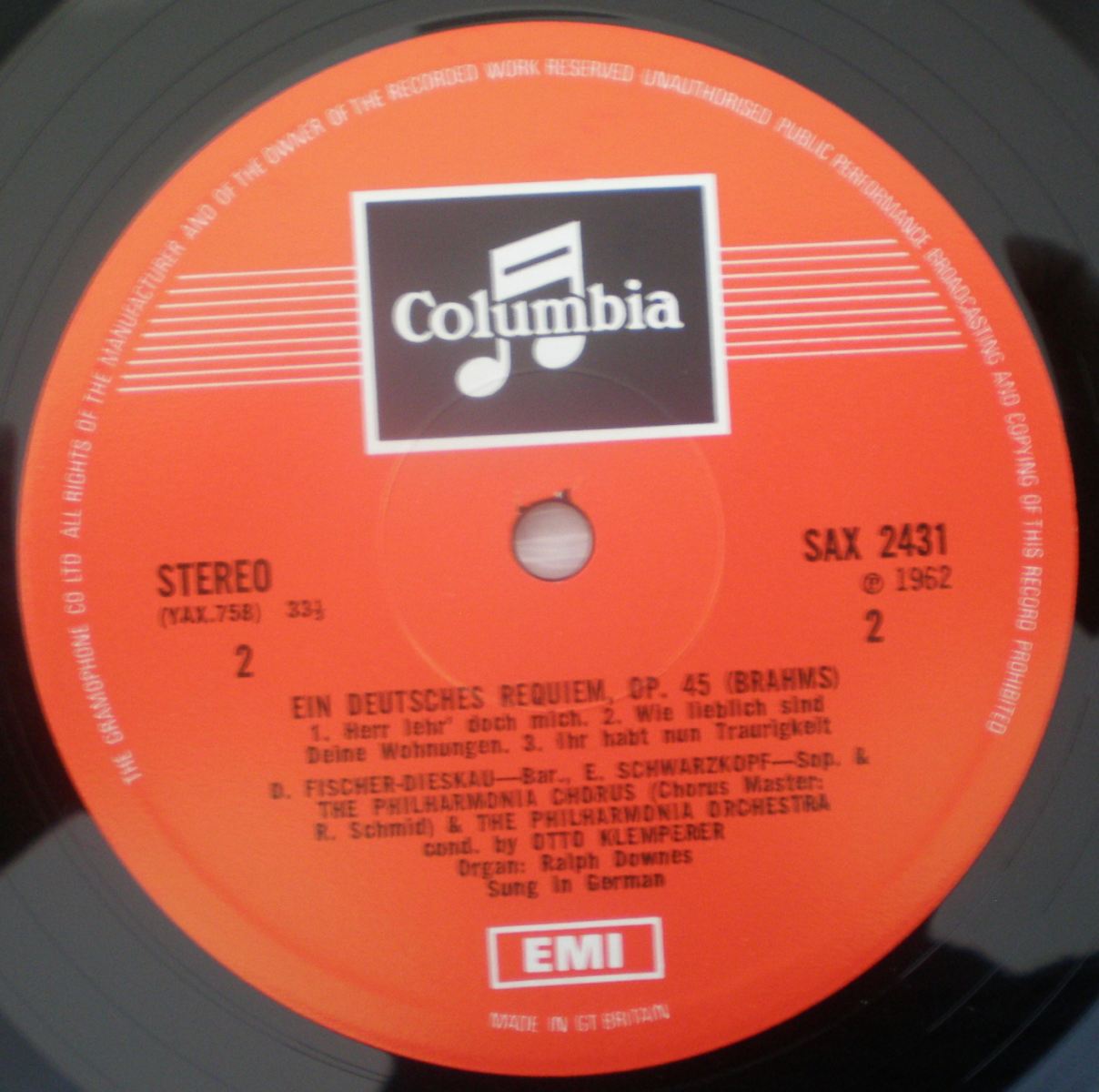 |
|
This record belongs to the SAX third series and can be easily recognised by its red label with balck writing. This label has the Columbia/Musical Note logo in a rectangular box. |